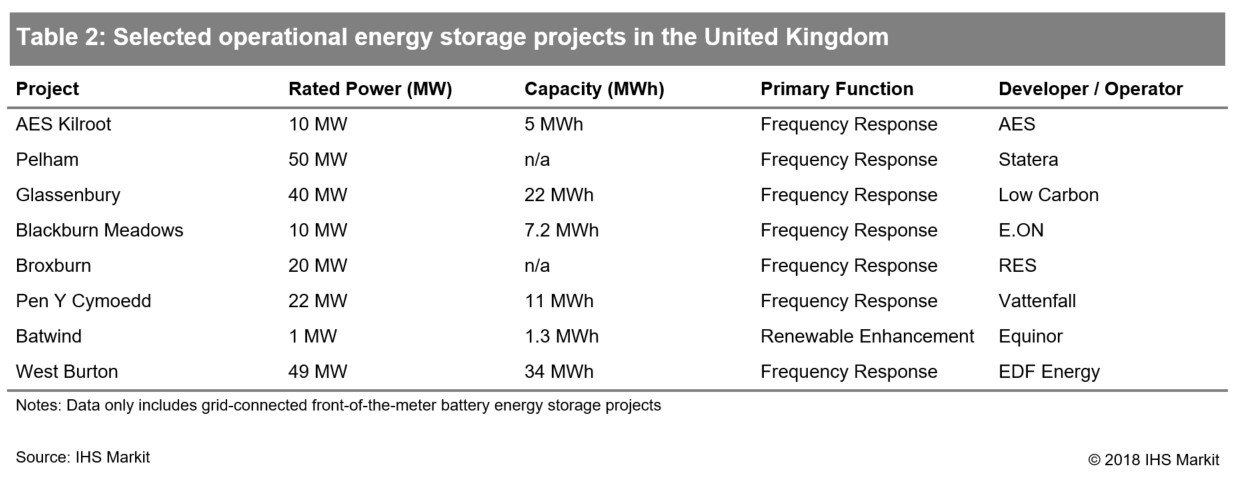
Solar plus storage creates new opportunities for developers and operators, but added project complexities highlight the need for industry collaboration
Close to 40% of the total energy storage pipeline are solar plus storage projects. The combination of the two technologies is fast developing into a working business model for storage. It can radically change the energy supply landscape for good.
More than 200 GW of utility-scale solar PV has been deployed since 2010. Representing around 50% of total solar installations through that period, its importance as one of the pivotal generation technologies of the future can no longer be contested. Based on this impressive growth, the biggest barrier to achieving a fully renewable energy system remains the inherent intermittency of solar and other renewables.

The opportunities for deploying utility-scale solar plus storage are multi-faceted and diverse, varying not only by country but from site-to-site. There are universal benefits of siting storage alongside solar as the share of intermittent renewables, both overall and on local networks, increases. In short, the more solar power is generated and fed into the grid, the greater the value of storing power.
Going forward 40% of the total energy storage pipeline currently consists solar plus storage projects – equaling more than 8.4 GWh of planned battery energy storage projects. This illustrates a clear shift away from most past projects that served single use cases such as frequency regulation or capacity requirements. What can be observed is that the planned projects aim to provide some of these values as part of their proposition but can also serve a range of additional use cases or, as often seen, simply take advantage of existing network infrastructure at the solar site. IHS Markit sees the most interesting applications for solar plus storage projects centered around time shifting generation; ramping; distribution network support and improving the operation of existing solar plants.
However, in many cases the business model and financial proposition remains unclear. A case only exists where premium remuneration is available for adding flexibility, a mandate for adding energy storage to utility-scale solar exists, or regulation allows for effective value stacking with external revenue streams. Therefore, the key considerations for investors when assessing individual project feasibility are:
- High power prices and generation costs
- Weak or constrained grid infrastructure restricting deployment of utility-scale solar
- Strong renewable targets and respective growth in renewable deployment
- Strong conditions for solar generation
- Significant variation in electricity prices throughout the day
- Regulatory frameworks allowing the provision of ancillary services and resource adequacy with solar plus storage systems.
Energy storage grows in importance
Much of the initial growth of energy storage in Europe was however driven by short-duration projects targeting frequency response / control reserve markets.
Based on the latest data from IHS Markit more than 1.2 GWh of front-of-the-meter battery energy storage is operational across Europe. Germany continues to be one of the leading markets, with several major operational projects, as listed in Table 1.

Table 1: Selected operational energy storage projects in Germany
Through 2017 and early 2018, the United Kingdom experienced accelerated growth in installations. The major drivers behind that growth were National Grid’s Enhanced Frequency Response (EFR) tender in 2016, followed by storage projects also targeting Firm Frequency Response (FFR) and capacity market auctions. With more than 450 MW of energy storage commissioned in 2017 and the first half of 2018, Table 2 provides a snapshot of major projects developed in the country.

Table 2: Selected operational energy storage projects in the United Kingdom
The continued growth of renewable generation, and especially solar PV is opening unprecedented growth opportunities for the energy storage industry. At the same time, the growth is creating challenges as solar developers, operators and financiers are trying to understand the more complex proposition that adding energy storage to a solar PV project creates.

